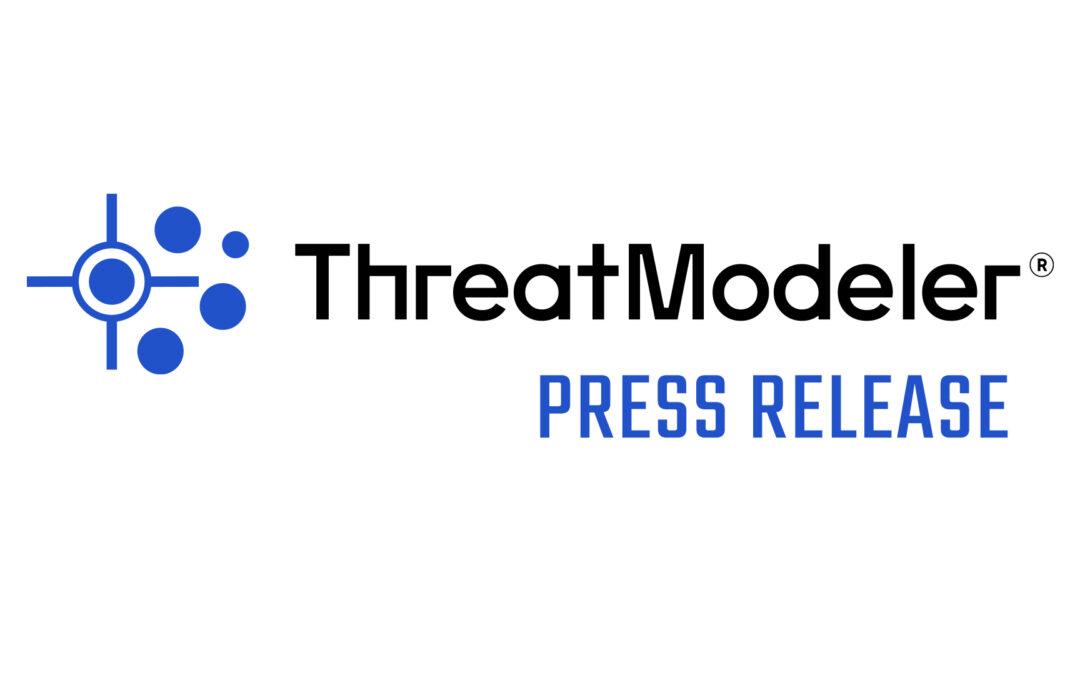
Nov 14, 2023 | Cloud Threat Modeling, DevSecOps, Enterprise DevSecOps, Enterprise Threat Modeling, News, Press Release
Bringing Machine Learning and AI, Real-Time Collaboration, and Customized Risk Calculation to the Process of Automated Threat Modeling New features substantially simplify and ensure wider adoption of automated, real-time threat modeling to enable DevOps and security...

Jun 8, 2022 | Blog, Cloud security, Cloud Threat Modeling, Enterprise Threat Modeling, Security
Cloud cybersecurity using threat modeling is a proactive approach that identifies potential threats and suggests preventive measures before deployment in the dynamic and virtual cloud environment. This method transforms cybersecurity from being reactive to proactive,...

May 23, 2022 | Blog, Enterprise Threat Modeling
Purchasing a threat modeling tool can be intimidating. For starters, most people who need threat modeling aren’t threat modeling experts. To compound matters, there are even fewer people who keep up on threat modeling capabilities. What may have been considered...

May 8, 2022 | Enterprise Threat Modeling, Security, Threat Models
Financial institutions are consistently in the top-five list of cyber attack targets, with the greatest increase in data breach risk coming from outside hackers.[1] Customer financial records and associated personally identifying information are high-value commodities...

May 27, 2021 | CISO, Cloud security, Enterprise Threat Modeling, Recent News, Threat Modeling Process
ThreatModeler has seen a significant uptick in US federal government agencies and contractors approaching us to find out more about automating the labor intensive manual process of threat modeling. Those charged with proactively managing NIST 800-53 Rev. 5...

Mar 24, 2021 | CISO, Cloud security, Enterprise Threat Modeling, Recent News, Threat Modeling Process
Architectural patterns are those blocks of functions or components that tend to repeat over and again in systems and software. ThreatModeler leverages these to great advantage in reusing these patterns in threat modeling. Be it either components or templates of groups...












